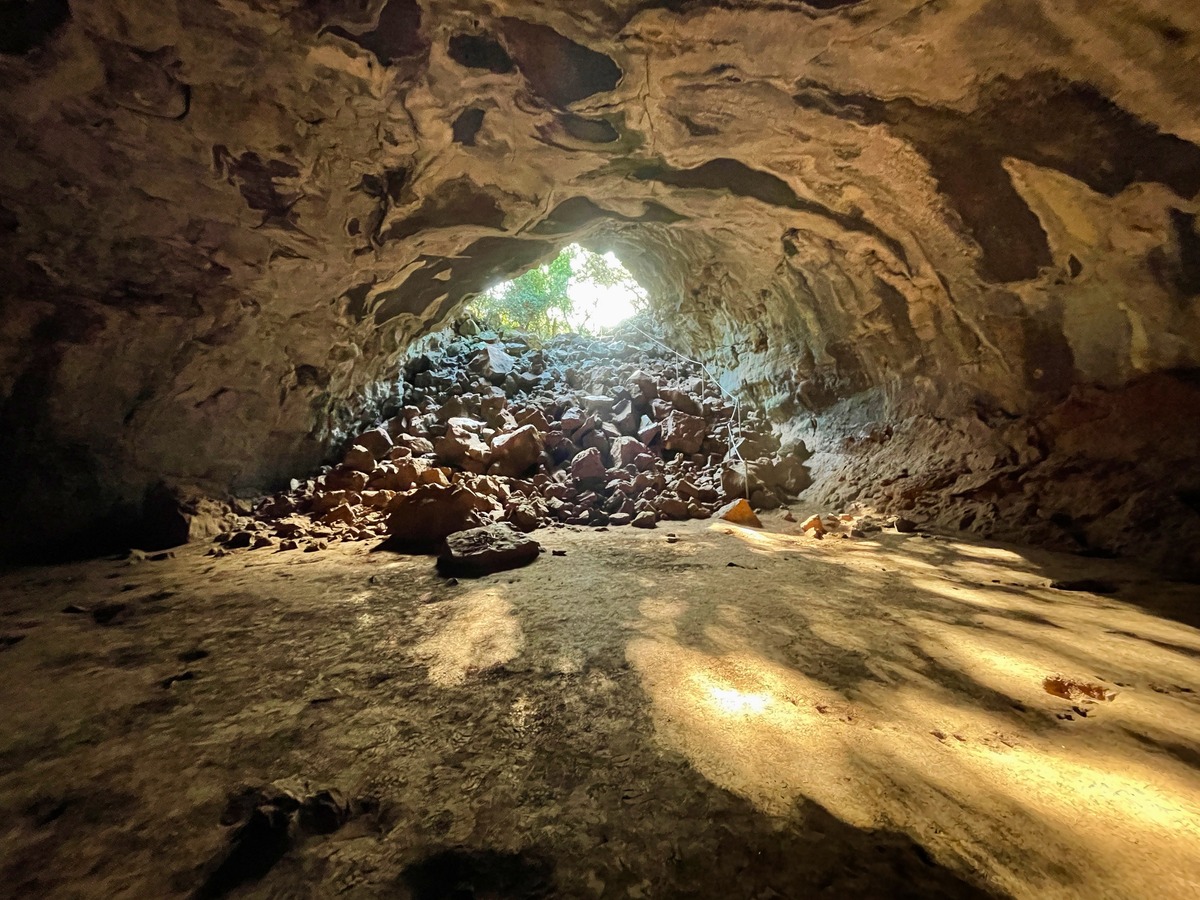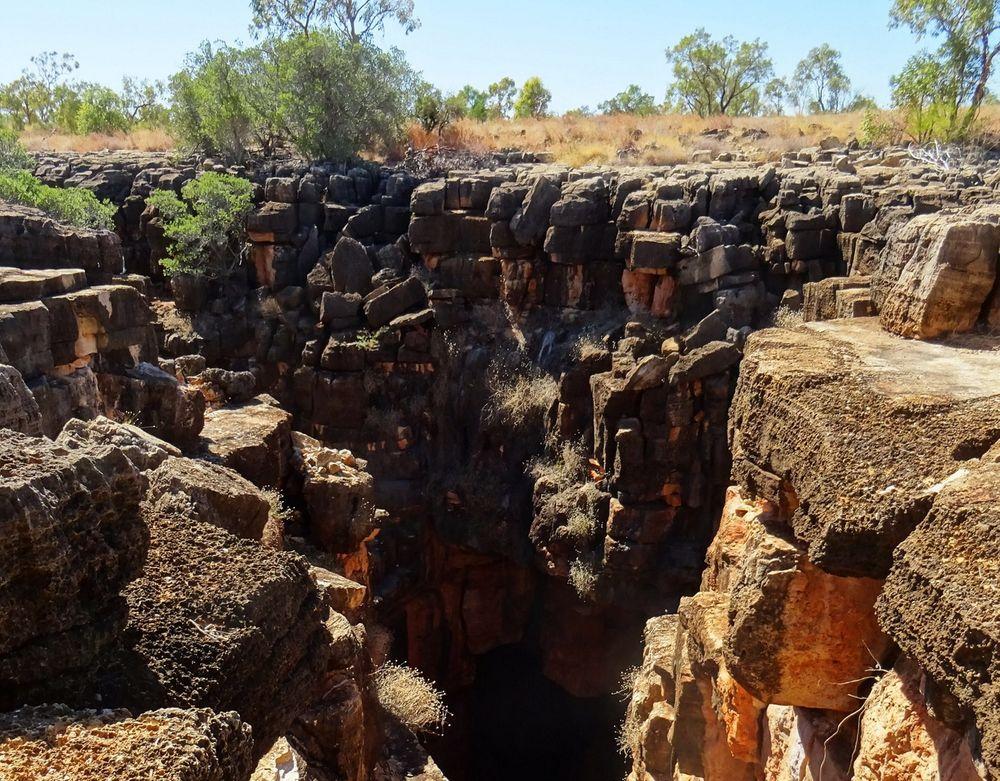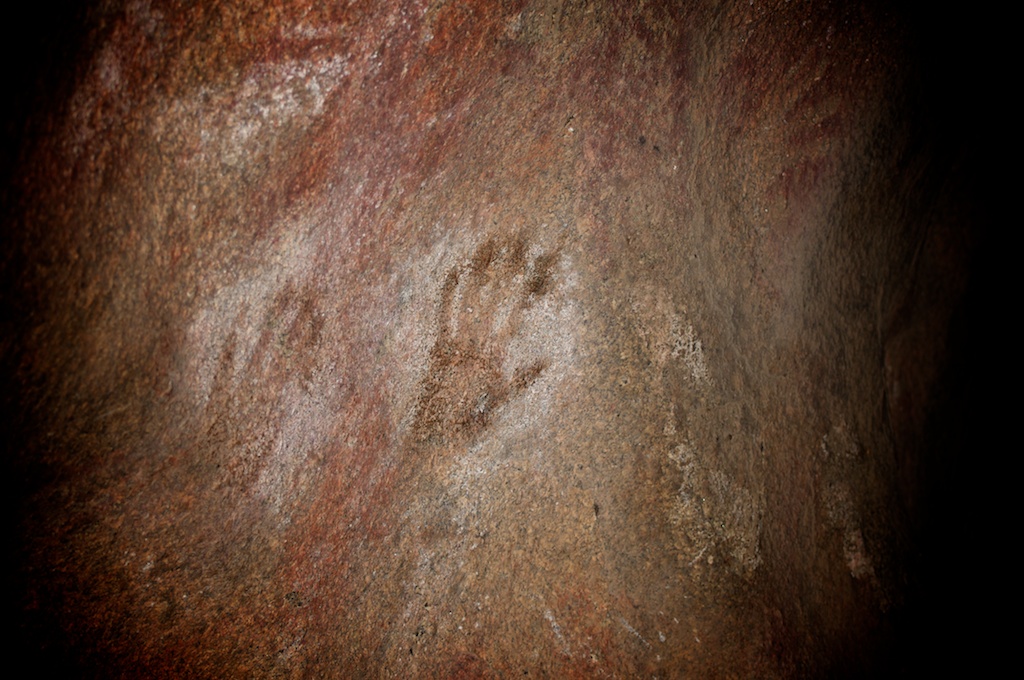Kedareshwar Cave

Large cave with Hindu temple in it. In the flooded hall from the water rises Shivlinga that once was surrounded by four pillars. Now only one remains and, according to legends, when the fourth will break, the world will come to an end.
Undara Lava Tubes

Group of numerous short lava tubes, the longest are Barkers Cave (905 m) and Bayliss Cave (more than 1300 m). Created by the lava flows of Undara Volcano some 190 000 years ago. The whole system of the former lava cave is 160 km long – the world’s longest but now it is dissected into numerous shorter segments.
Trezkinn Cave
300 m long show cave with nice stalactites and stalagmites, available only under the guidance of ranger.
Donna Cave
245 m long and up to 41 m deep show cave with nice stalactites and stalagmites, available only under the guidance of ranger.
Royal Arch Cave
Some 3 km long cave system where approximately 1 km has been developed for the tourists (should be visited only together with a ranger). Nice cave formations, at some places there are daylight holes with plants.
Great Nowranie Cave

A cave that starts with a sinkhole. There have been researched 1,272 m of the cave passages (2003). Some 500 m of the cave have been flooded – water starts some 70 m below the ground level. Maximum depth – 148 m.
Bundera Sinkhole
Some 70 m deep, flooded sinkhole with anchialine ecosystem – e.g. the groundwater in this cave is connected to the sea, while at the surface is less saline water. Here live unique species of remipedes – Lasionectes exleyi – crustaceans with the only other relative species in the Caribbean as well as some more unique organisms. These organisms are relicts of the Mesozoic era.
Mulka’s Cave

Cave – grotto under giant granite monolith. Contains 452 drawings – Aboriginal art from around 4500 BC and more recently. Most of the images are hands.
Devil’s Lair
Cave – grotto with a 6.6 m thick layer of sediments. Archaeological research in the cave has provided valuable knowledge about the past of Australia. Human occupation in the cave started around 48,000 years ago.
Barrow Island Caves
Group of partly inundated caves with unique cave fauna. Known 63 species of stygofauna and 19 species of troglofauna. Here live endemic species of fish – Barrow Cave Gudgeon (Milyeringa justitia), unusual shizomid Draculoides bramstokeri, and possibly the only cave-dwelling reptile – small, thin snake Ramphotyphlops longissimus.
